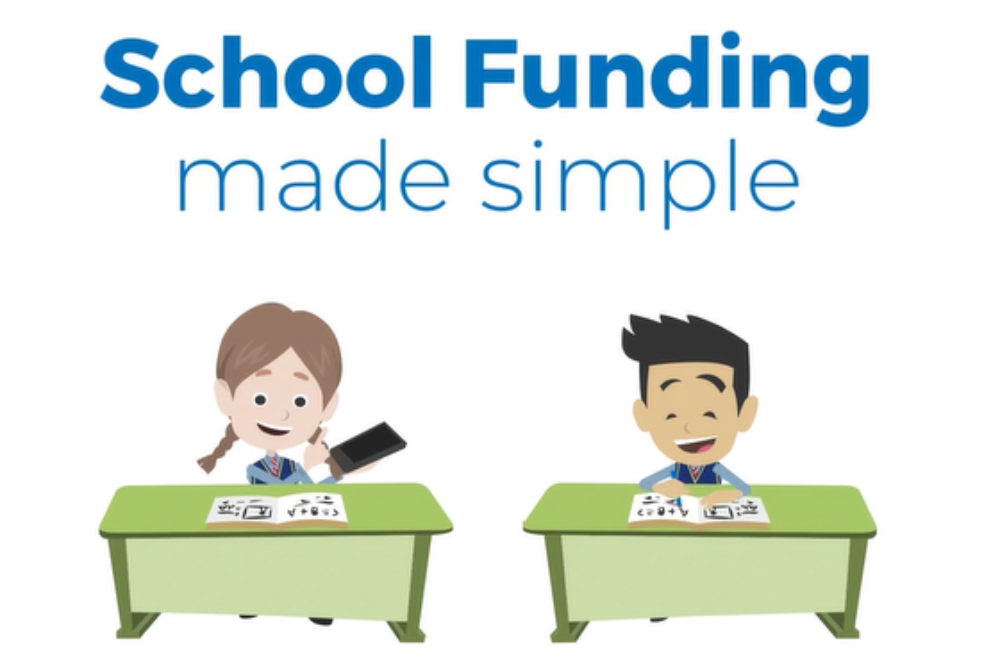
An ‘entry level’ video has been released by the peak body for NSW private schools explaining how Australia’s governments calculate funding for all students in all sectors.
The video, released on Wednesday by The Association of Independent Schools of NSW (AISNSW) comes less than a week after a report revealing that children with disabilities at wealthy fee-paying schools are receiving up to six times the government support funding as those at public schools, widening an already alarming gap.
AISNSW Chief Executive Margery Evans said student funding is a complex subject which often triggered endless debates because very few people were aware of the fundamentals.
“Funding has been a controversial subject in Australia for decades and its complexity has left it open to distortion and misrepresentation – so it’s remained shrouded in mystery,” Evans said.
“At AISNSW, we want an informed debate about student funding based on facts, not emotion.”
Evans said this is especially important as the Federal Government negotiates a new funding agreement with state and territory governments – known as the National Schools Reform Agreement – that will fund or partially fund all not-for-profit schools.”
“The video explains how each student attracts some level of government funding, based on their needs and their sector,” she said. “It also explains why government schools will always attract more government funding per student than non- government schools.”
NSW Teachers Federation President, Henry Rajendra said while governments agreed more than a decade ago that all Australian schools should be funded to the minimum level needed to meet student needs, glaring gaps remain.
“Currently public schools are underfunded while all private schools are funded at or greater than what’s required,” Rajendra told The Educator.
“Nothing should distract the public from calling on governments to fully fund our public schools. Public education does the heaviest lifting of all the school systems. We educate the bulk of all students, and we welcome all children, particularly those with the highest needs.”
Rajendra said Prime Minister Anthony Albanese “needs to recognise this and refocus his Government’s priorities on closing the $1.98 billion funding gap”.
“Properly funding our public schools is not just the right thing to do, it also happens to be one of the smartest investments a Government can make to builder a more prosperous and inclusive society.”
NSW Secondary Principals' Council President, Craig Petersen said all schools must be funded to their full SRS, regardless of sector.
|We also need to remember that this is what Gonski determined to be the minimum resource required to get 80% of students to the minimum benchmarks," Petersen told The Educator.
"All other arguments about how much each sector gets is somewhat of a distraction when the simple fact is that we know exactly which schools have achieved 100% SRS and which haven’t.|
Petersen said the argument should not be about giving equally to all schools, but ensuring that all schools, regardless of sector, get what they need to ensure that our children can reach the minimum standard of education required for them to function as a productive citizen.
"This is what equity is all about," he said. "As Chris Bonnor has identified in his most recent article, in terms of funding, we know that Governments’ efforts to favour the neediest students are, in effect, reversed by schools’ income from fees."


